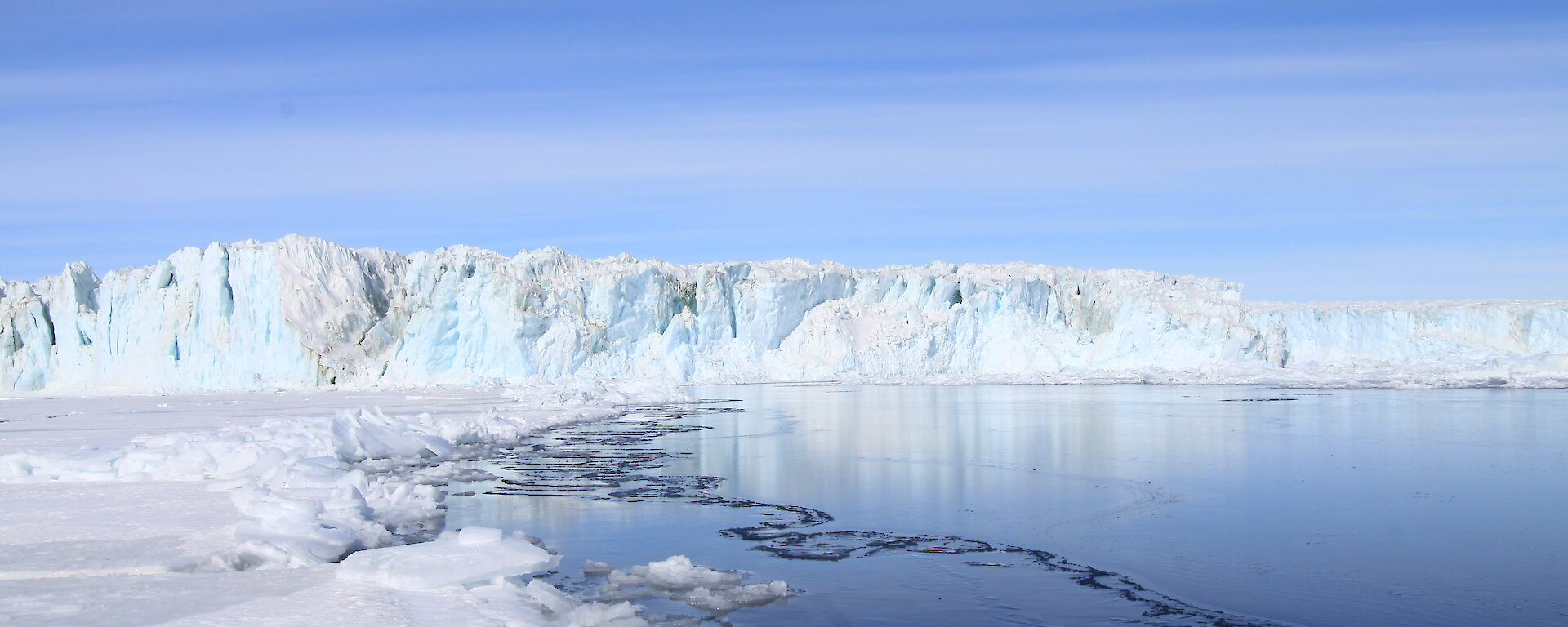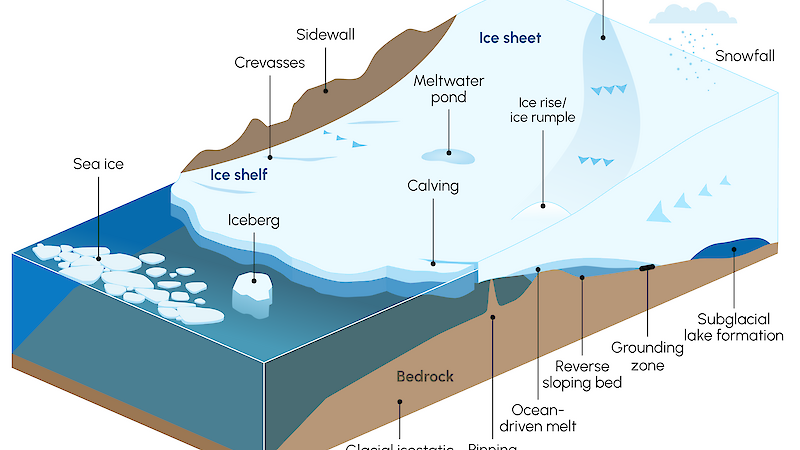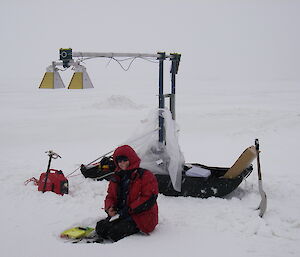Our research aims to improve the estimates of ice loss from the Antarctic ice sheet for incorporation in sea level projections for 2050, 2100 and beyond. It will focus on:
- What processes control ice loss from the Antarctic ice sheet and how will this influence future sea level rise?
- What is the present state and rate of change of Antarctic ice mass?
To answer these questions scientists will:
- use long-term satellite measurements and new remote sensing technologies to estimate the ‘mass budget’ (gain and loss of ice) of the ice sheet
- use airborne geophysical surveys to acquire data that provide a better understanding of conditions beneath the ice sheet and ice shelves, such as the interactions between the ocean, ice shelves and glacier streams
- collect evidence of past and present ice sheet positions
- use all this information to improve computer models that can reproduce the variability and history of major ice sheets and provide more accurate projections of future change.




